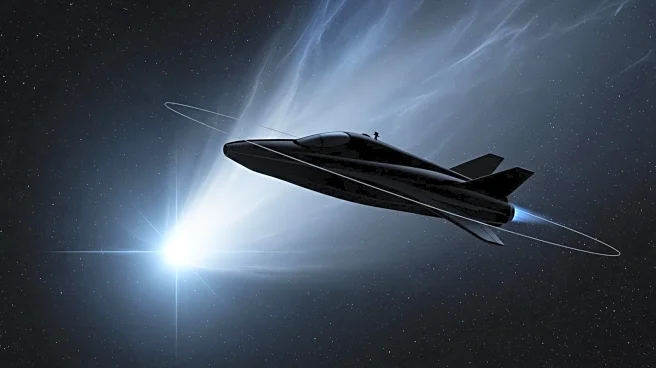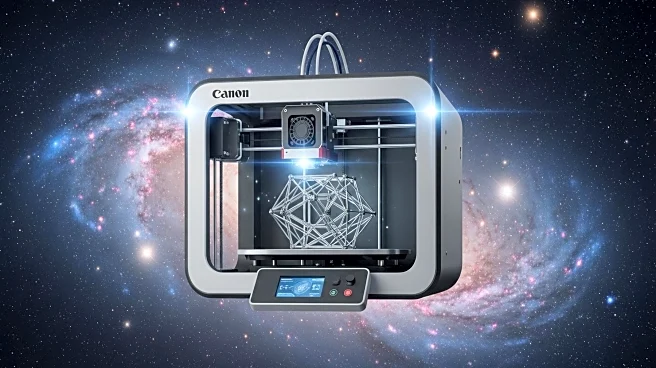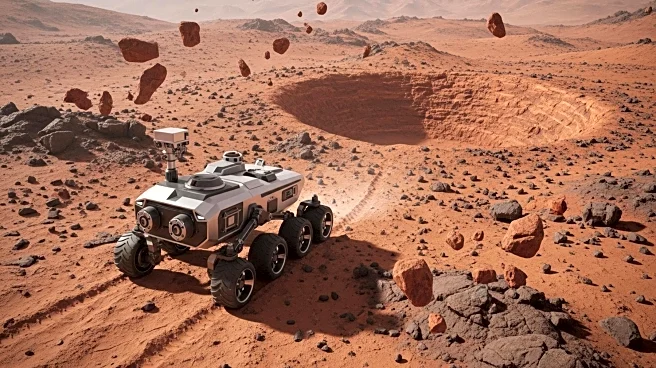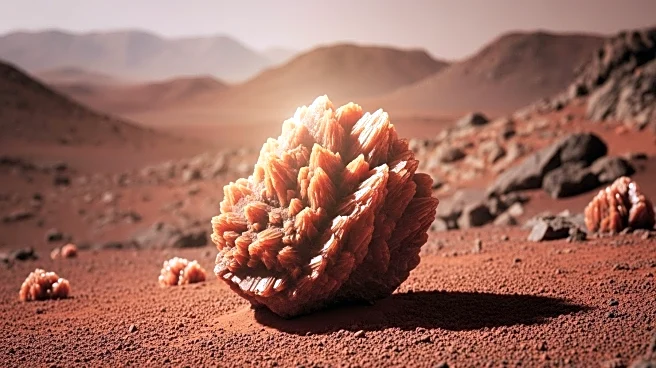What's Happening?
Comet 3I/ATLAS, an interstellar visitor discovered on July 1, is being studied by scientists as it races past the sun. The comet, believed to originate from the Milky Way's thick disk, offers a rare chance to study material older than the solar system. However, its perihelion passage will occur on the far side of the sun, making it difficult for Earth-based telescopes to observe. Scientists are assessing which spacecraft, such as NASA's Psyche and ESA's JUICE, could provide valuable observations or even collect material from the comet's tail.
Why It's Important?
The study of Comet 3I/ATLAS presents a unique opportunity to gain insights into the early universe, as it may contain material from the cosmic noon period. Observing and potentially collecting samples from the comet could enhance our understanding of interstellar objects and their origins. This research could provide valuable data on the composition and behavior of such ancient materials, offering a glimpse into the conditions of the early galaxy. The findings could have implications for our understanding of planetary formation and the history of the Milky Way.
What's Next?
Scientists are exploring the possibility of using spacecraft to observe Comet 3I/ATLAS during its perihelion passage. Missions like JUICE and Psyche are in positions to provide critical data, while Mars orbiters could also contribute observations. The comet's trajectory may allow spacecraft to pass through its tail, offering a chance to collect material. The coming months will be crucial as more data is gathered, potentially solving some of the comet's mysteries and providing insights into its thick disk origin.












